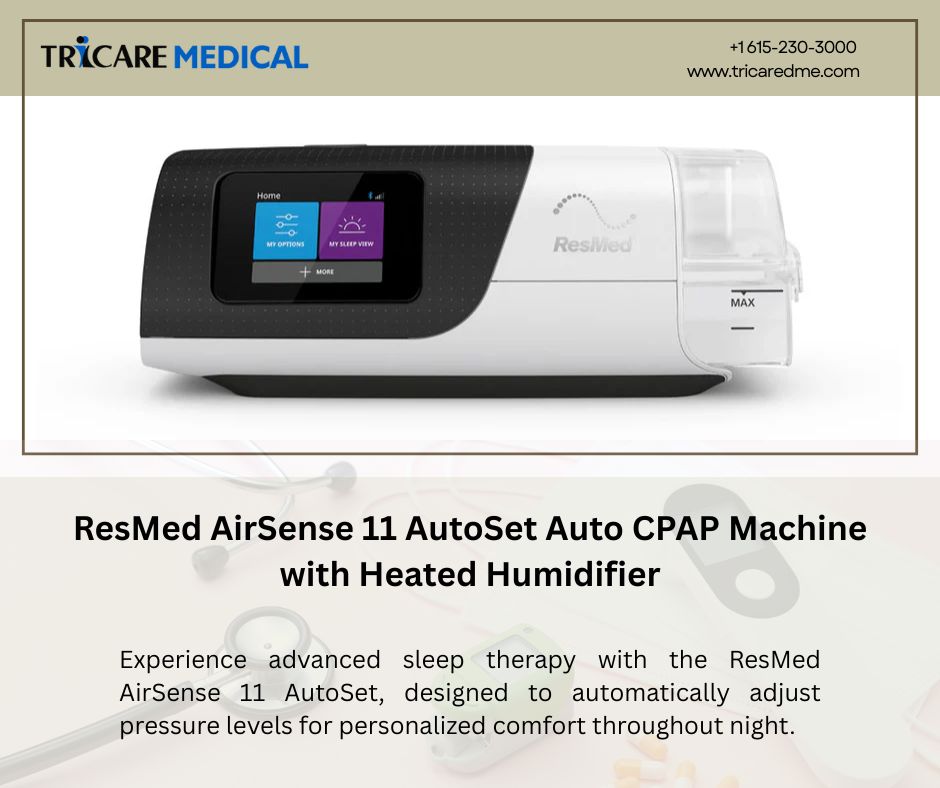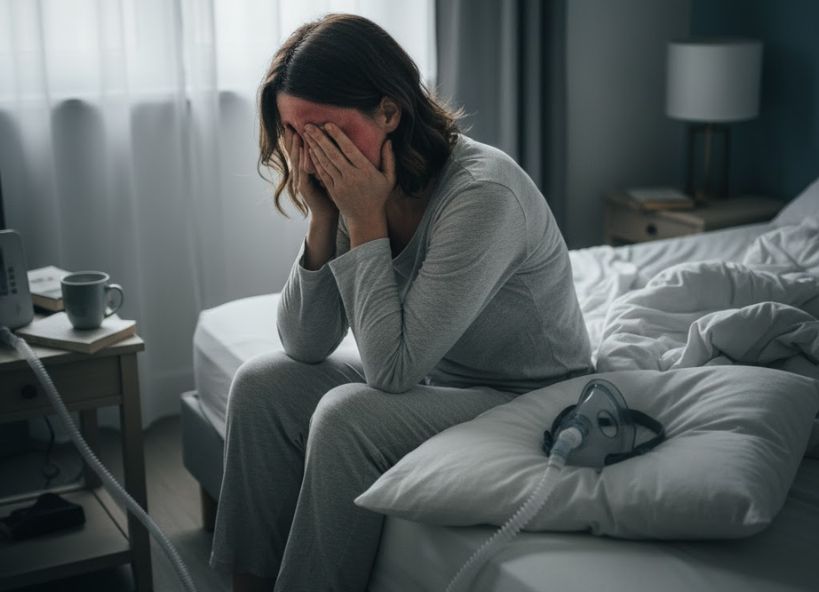How Can I Make My CPAP Mask Seal Better
- 4 min reading time
Making your CPAP mask seal better is crucial for ensuring effective sleep apnea therapy. Proper mask sealing prevents air leaks, enhances comfort, and improves sleep quality. Here’s a comprehensive guide to help you achieve a perfect fit and maximize the effectiveness of your CPAP therapy.
Understanding Why Mask Leaks Happen
A poor mask seal is one of the most common challenges reported by CPAP users. Causes range from incorrect sizing or adjustment to natural skin oils and worn-out components. Over-tightening, facial hair, and certain sleeping positions contribute as well, so recognizing the problem is the first step.
Step 1: Choose the Right Mask
Selecting a mask tailored to your face shape, preference, and sleeping style is critical. Full-face masks may not suit stomach sleepers, and nasal pillows might work better for those with facial hair. If your current mask doesn’t fit well despite adjustments, consider switching styles or sizes.
Many providers offer “fit packs” with multiple cushion sizes so you can check which feels best. Trying on the mask while lying down in your usual sleeping position helps ensure a proper seal overnight.
Step 2: Cleanse Your Skin and Mask
Natural oils, sweat, and facial creams can compromise the mask cushion’s grip, increasing risk of leaks. Wash your face thoroughly before bed and allow any moisturizers to fully absorb. Likewise, clean the cushion daily with mild, fragrance-free soap and warm water. Weekly, deep clean all components to prevent grime buildup and extend mask life.
Step 3: Replace Worn-Out Components
CPAP mask cushions and headgear wear out over time, especially after months of nightly use. Replace cushions every one to two months and the mask itself every three months or as recommended. Inspect for tears, flattening, or stretching, as subtle damage can still lead to leaks.
Step 4: Proper Adjustment Techniques
Fit your mask snugly but not tightly. Start by adjusting the bottom straps, which often set the main seal, followed by gentle tightening of the top. Over-tightening is a common mistake; this can warp the cushion, increasing leaks. Instead, aim for gentle, even pressure—a secure but comfortable fit.
Always adjust with the CPAP air running at your prescribed pressure so you can check the seal’s effectiveness in real conditions. Listen for hissing sounds and feel for escaping air around the mask edges. Fine-tune strap tension incrementally for best results.
Step 5: Address Breathing Issues
Nasal congestion and mouth breathing may contribute to leaks. A heated humidifier can relieve congestion for some, while chinstraps can help mouth breathers maintain a better seal. Discuss persistent issues with your sleep specialist to address underlying causes or explore alternative therapies.
Step 6: Use CPAP Accessories
Accessories such as mask liners and CPAP pillows can help stabilize and improve the seal. Mask liners absorb facial oils/sweat and provide a smoother surface for the mask, reducing leaks and enhancing comfort. CPAP pillows have cut-outs to accommodate the mask, reducing pressure and keeping the seal intact during movement.
A hose holder prevents the CPAP tubing from pulling on your mask, especially for active sleepers.
Watch Now: Medical Supplies Online Store in Tennessee USA
Quick Fixes You Can Try Tonight
Adjust mask while lying in sleep position for greater accuracy.
Clean mask cushions every morning.
Air-dry parts completely before reuse.
Make incremental strap adjustments, not drastic ones.
When to Seek Professional Help
If you continue to experience leaks despite all efforts, consult your sleep therapist or equipment provider. They can recommend alternative mask styles or sizes, diagnose underlying issues, and provide in-office fitting support and troubleshooting videos.
Final Thoughts
Achieving a perfect CPAP mask seal is a process that involves the right fit, consistent cleaning, careful adjustments, and use of helpful accessories. With these strategies, most users can resolve leaks and experience more effective, comfortable therapy.



